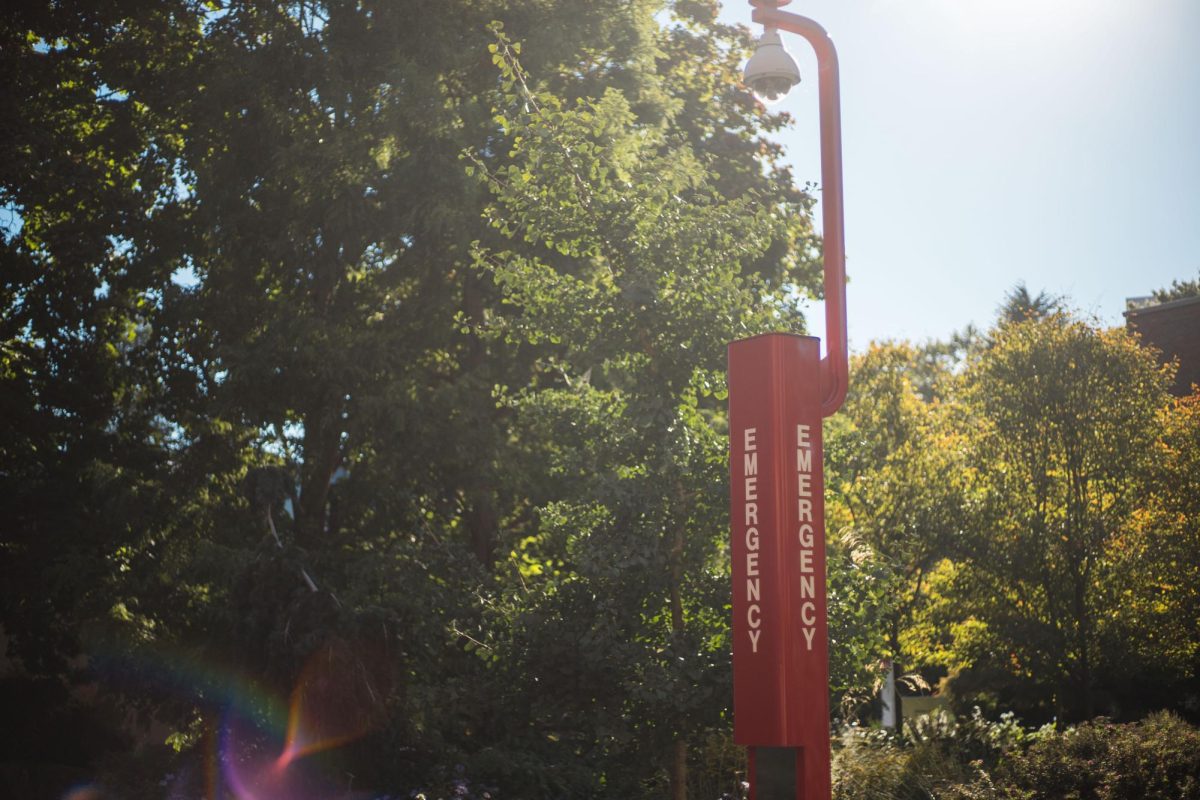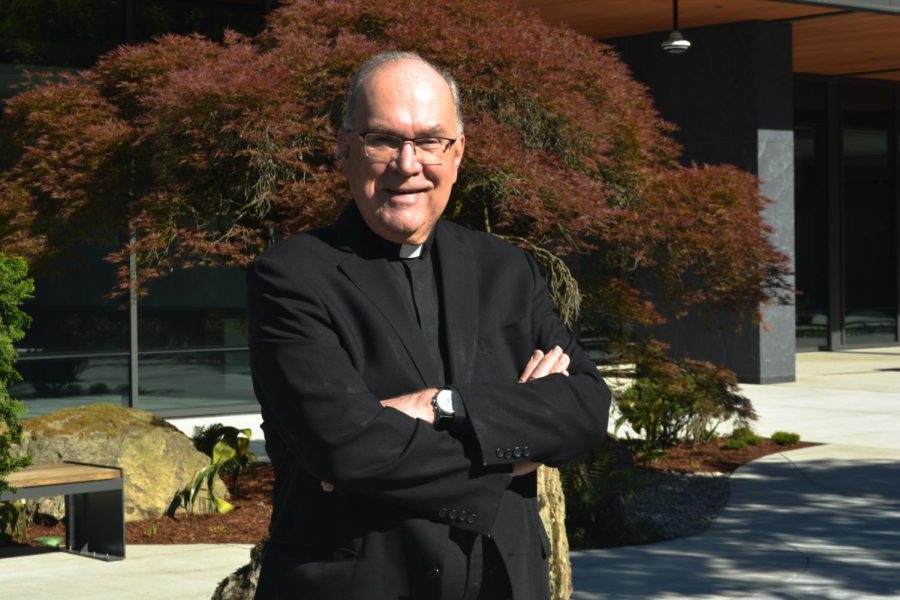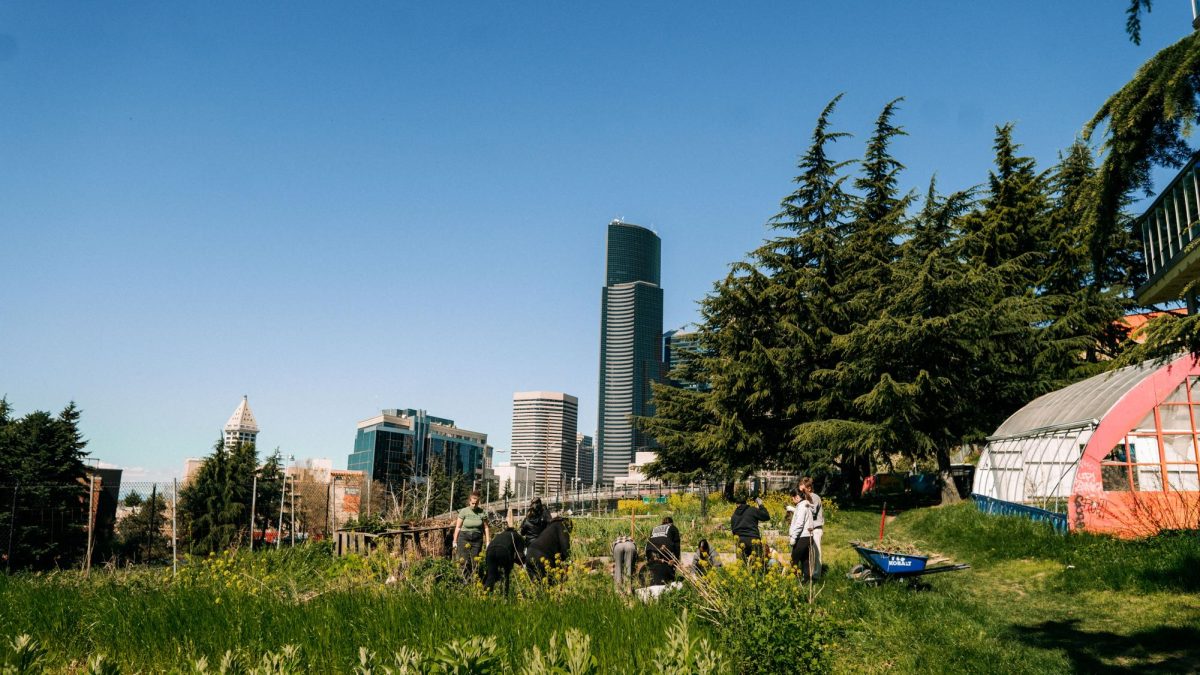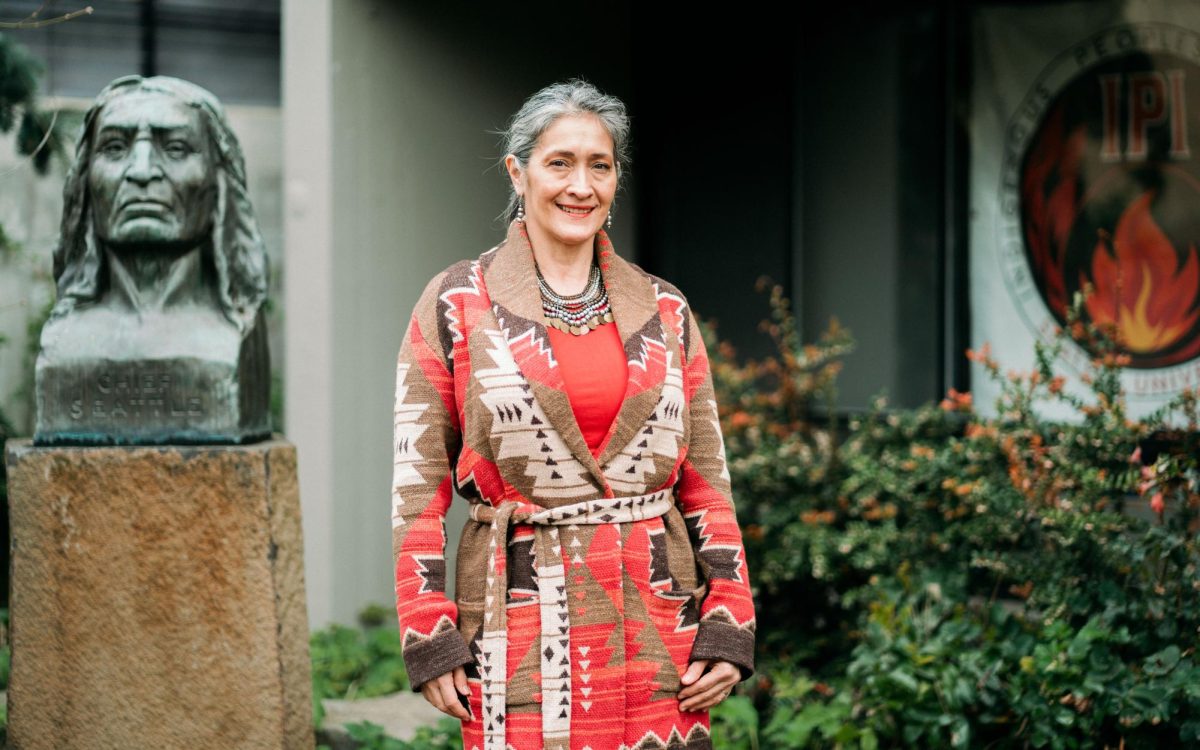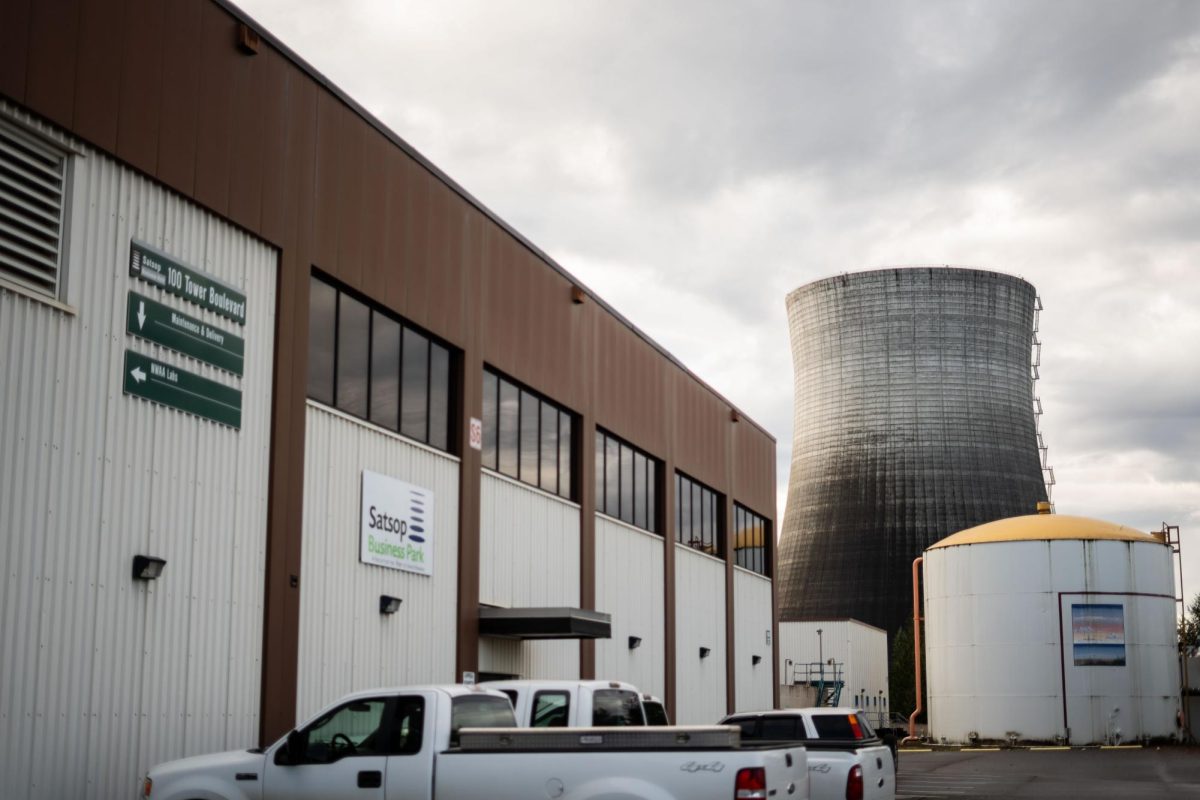Seattle University Public Safety and Facilities Services hosted a night walk Nov. 8 to evaluate campus lighting and landscaping, along with any other factors that might affect student safety.
All students were invited to attend the walk to give feedback regarding campus security and areas where improvements could be made. Throughout the night the focus was on noticing low light areas: places where new lights needed to be added, bulbs replaced or where plants should be trimmed to increase overall visibility at night. The walk began at the Student Center, then continued down the lower mall past Xavier Hall, up to Broadway; then back through the parking garage near the library, over to Campion Hall, down East James Way and back by Bellarmine Hall to the Student Center.
Nikki Maryanski, the interim director and associate director of operations of Public Safety, spoke to the importance of providing opportunities for students to engage with Public Safety.
“Students are at the heart of everything I do, and they mean the world to me, and so this is an opportunity for us to engage students when they’re not in crisis, to hear from them about what they want their community to look like,” Maryanski said.
Maryanski also explained that the night walk gives Public Safety the opportunity to receive direct feedback from students on what parts of campus they feel safe in, and what parts of campus they would like to see changed or improved.
Rob Schwartz, associate vice president for Facilities, explained the concept of crime prevention through environmental design (CPTED) and its central role in campus security. The concept of visibility through lighting and landscaping, and other aspects of environmental design, are crucial to creating a safe environment.
“When you look at a space like this that’s a little dark on the back side, you couldn’t see if someone’s back there,” Schwartz said, pointing toward a spot of trees outside Pigott Building as an example of a place that could be improved in regard to CPTED.
Facilities staff work closely with campus security when it comes to projects like installing new lighting.
“I think a really really special thing about this, it’s probably why I’ve stayed here 28 years, is how well our different offices work across divisions and across teams, with the one goal in mind of improving the student experience,” Maryanski said.
At the event, both Public Safety and Facilities officials discussed upcoming plans to add more lights to the parking lot below Xavier Hall. They also noted that the lighting in the area outside The Cave could be improved, as well as wanting to change any remaining orange light bulbs around campus to LEDs. Maryanski explained that changes like this are part of a constant process of improvement and upkeep.
Chris Wilcoxen, the assistant director of Emergency Operations at Seattle U, explained the role of campus security officers.
“Our baseline is always patrol and visibility, because we want to be out, we want to be seen. There’s a few different things that offers around deterrence, visibility, understanding just what the patterns of the night are,” Wilcoxen said.
Along with patrol, Public Safety is in charge of responding to emergencies.
Justin Raymond, assistant director of Training Development and Student Security Programs along with Maryanski, explained the most common crimes on campus are theft and graffiti. Maryanski encouraged students to avoid leaving valuables in their cars, register their bikes with campus security and not leave possessions unattended. She said that during finals preparation especially, theft happens this way as students take less precaution. At the end of the night, the list of areas in need of CPTED improvement was relatively short, and the feeling was one of pride and progress.
“It’s looking really great. There are some areas we want to improve but we’ve got those noted,” Wilcoxen said, as the event came to a close at the Student Center.
Maryanski explained that the list of necessary improvements used to be much longer, and that the state of campus safety today has come a long way.
The night walk event showed the commitment of campus public safety and facilities teams to continuing the process of improving our campus, valuing student voices and feedback, as well as the significant progress already made in campus safety and environmental design.






